Author: John-Joe Vollans
Photography: Wikipedia Commons, Matt Tierney, Dean Smith, Collecting Cars
If you favour two wheels over four and, back in the day, preferred a Ministry of Sound annual to the latest Now That’s What I Call Music then, for you and tens of thousands of other bike fans, the 1990s were halcyon days. Sports bike makers, often from Japan, were locked in a desperate arms race to make ever more engaging and better performing bikes, though Europe was far from barren. A handful of the most desirable two-wheeled machines ever made emerged from the continent during the 1990s, and arguably chief among these was the Ducati 916.
Decades before the Brit-pop era, Ducati was kicking out cracking bikes in Borgo Panagale, near Bologna. Famous as much for its technical innovations as its motorsport success, the famous firm – known as la rossa in its native tongue (due to the mass majority of its bikes being sold in red) – Ducati is often considered, at least conceptually, as a maker of two-wheeled Ferraris – or should that be the other way around…
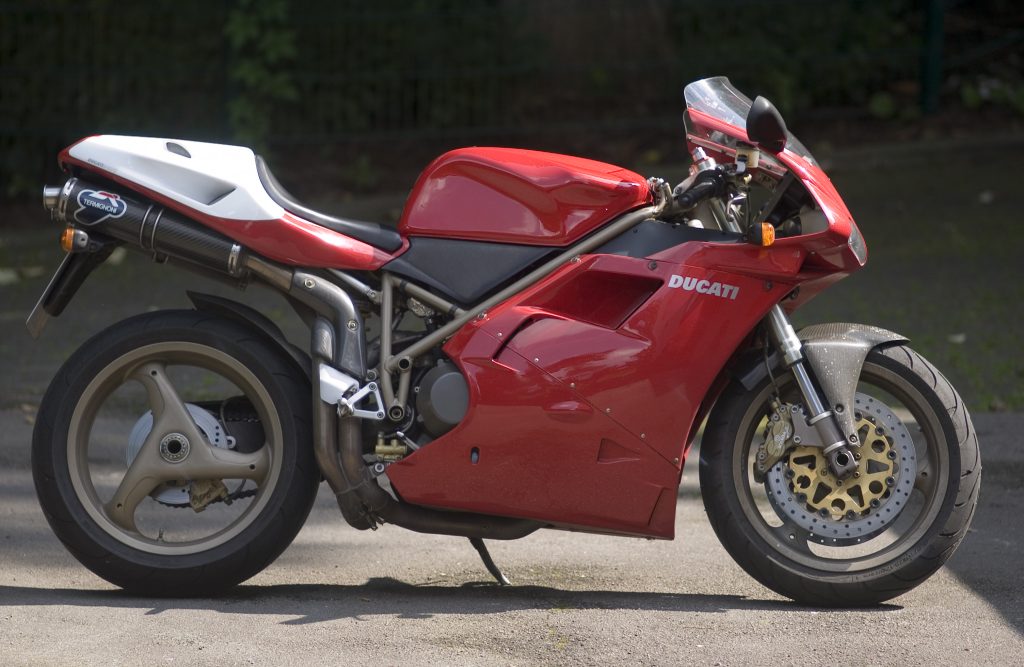
Regardless, keeping that prancing horse analogy going, if a 355 was the Ferrari that defined overt and achingly desirable sports cars of the 1990s, then the Ducati 916 did the same for sports bikes. As one of the most beautiful machines of the ‘modern’ era, the Ducati 916 transcends traditional motorcycle circles to fall within the orbit of wider petrolhead appreciation. Emerging from the pen of Massimo Tamburini, known to many as the Michaelangelo of motorcycle design, its visual appeal has been appreciated by many who consider aesthetics to be alluring. Naturally, as it’s Italian, much has been made of this machine’s looks but, beyond this, it’s also a hell of a bike to ride. Taking plenty of inspiration from what Honda was up to at the time in racing – as did the majority of contemporary sports bike makers – the 916’s design was seemingly inspired by the under-seat ‘shotgun’ exhausts and twin slit-shaped projector headlights of the Honda NR750 GP bike.

Unveiling the 916 at the Milan Motorcycle Show in 1993, a recently reinvented and resurgent Ducati was primed for greatness. Aware we’re understating, that first-displayed Ducati 916 caused such a stir that its many admirers were almost hammering down Ducati’s doors to buy one. A year later, their dreams came true, as the first customers got their hands on the 916, with both these early adopters and the press alike showering the new bike with praise. Despite its warm reception, however, many weren’t blind to the bike’s small foibles, many of which made the riding experience even more memorable.


The 916 wasn’t, and isn’t, an easy bike to get the best out of. Unlike the far friendlier Fireblade that flatters its rider and gives a lot of its performance willingly, this Ducati needed a deft touch. The seating position wasn’t ideal, the ride was a little harsh and NVH levels were more akin to a racer than a road bike, but beyond these complaints, a first ride of a 916 proved pivotal for many.
The chassis – Ducati keeping it to a fairly conventional steel arrangement – was given increased rigidity by the addition of a third rear engine mount. Its forgiving ‘upside down’ front end was the focus of particular praise, as was its torquey, desmodromic valved V-twin engine (of 916cc displacement, of course).
Initially offered in single-seat ‘monoposto’ 114bhp form, a more potent 126bhp SP variant and two-seat ‘biposto’ was added shortly after launch in 1994. Ducati’s advanced power plant gave it the grunt to compete, and often out gun, many of its fearsome period Japanese rivals, but power nearly came from a very different engine… The shift to more power came from the Castiglioni brothers, who took over the reins at Ducati from 1985. Claudio and Gianfranco brought new enthusiasm, drive and development funds to Ducati, with the intention of making it a premium road and racing brand, under the Cagiva umbrella.

An ability to compete with the best bikes in the world, both on and off the track, was vital and a huge part of this new role for Ducati was upgrading its engines. Two designs were considered, one for a large air-cooled V4 and the other a more complex four-valve, water-cooled, fuel-injected V-twin; allegedly designed by Massimo Bordi as part of his thesis while at the University of Bologna.
The latter got the nod and was first used in the Ducati 851, then later the 888, both of which quickly proved this new engine’s worth by winning many GPs and even a World Super Bike Championship for Raymond Roche in 1990. Fast forward a few years and at the same time as the 916 was winning admirers around the world, Ducati and Carl Fogarty were continuing to utterly demolish the competition on track. Far from hurting Ducati 916 sales, these podium places saw the Italian firm shift over 18k 916s by 1998.
Today, the 916’s striking visuals – dominated by its large single swing-arm rear suspension – has cemented its place as a sports bike legend. Collectors of both two- and four-wheeled machines are now clamouring to place one of these rosso racers in their man (or woman) caves. That desirability and the bike’s proven prowess on the road and circuit has pushed up values, with the best examples now commanding over £15k. Limited edition Senna and race-bike replicas can even stretch to twice that number.
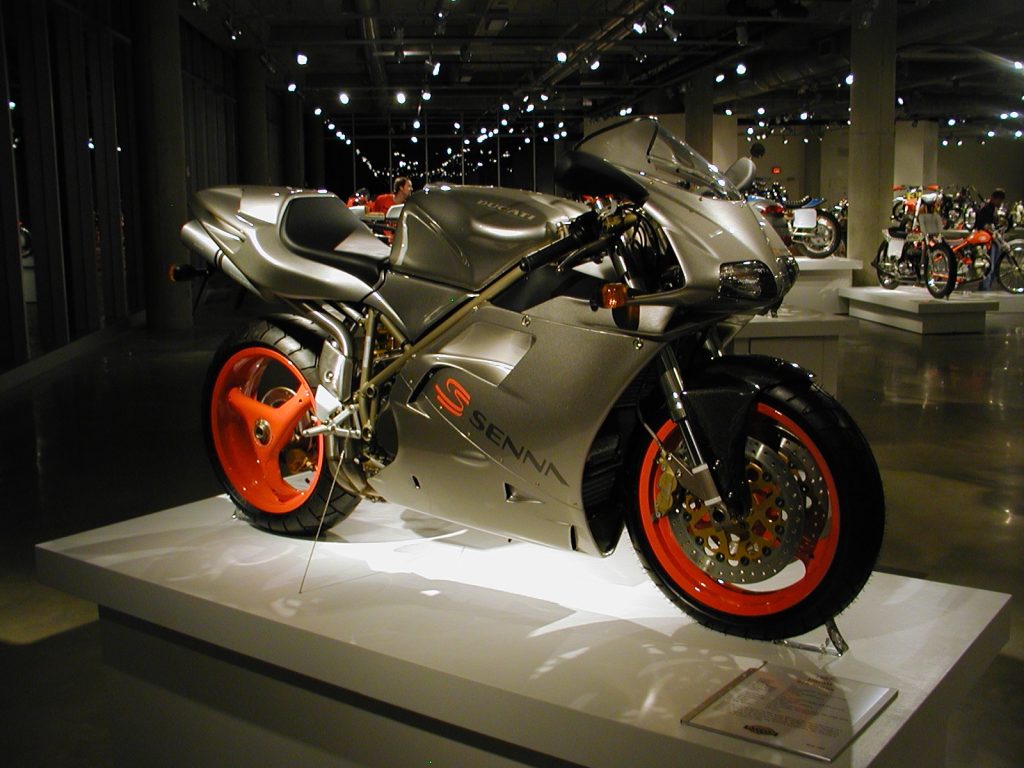
For serious riders, the SP and SPS (Sport Production and Special) models really accentuate the best of the 916’s abilities, but any of these bikes can still wow. There’s a reason why the Ducati 916 was the first bike to appear in a Hagerty Bull Market list back in 2020. These are very special machines, one of a type that seemingly only comes along once a generation, and they truly define the best of their era. Want one? We don’t blame you, we do too!
Are you a car lover who secretly dreams of owning a Ducati 916? Or maybe you’ve already made the leap? We’d love to hear from you in the comments below.
Read More on Ducati
The 916 Changed Ducati’s Trajectory Forever
Ducati 900 Super Sport: The Superbike of the Seventies
Sadly, Ducati’s Supermono Single Was Never Built to Mingle
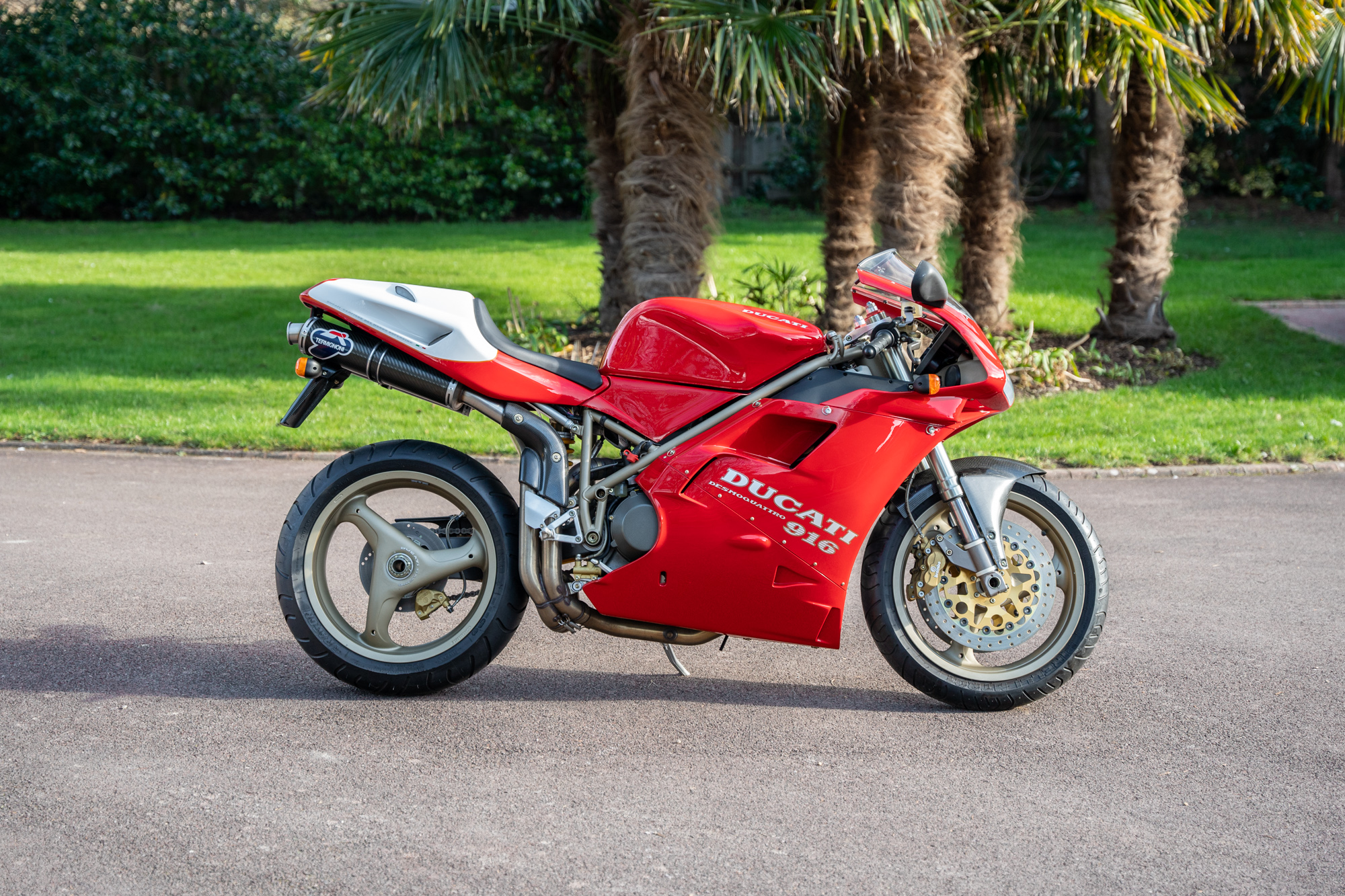
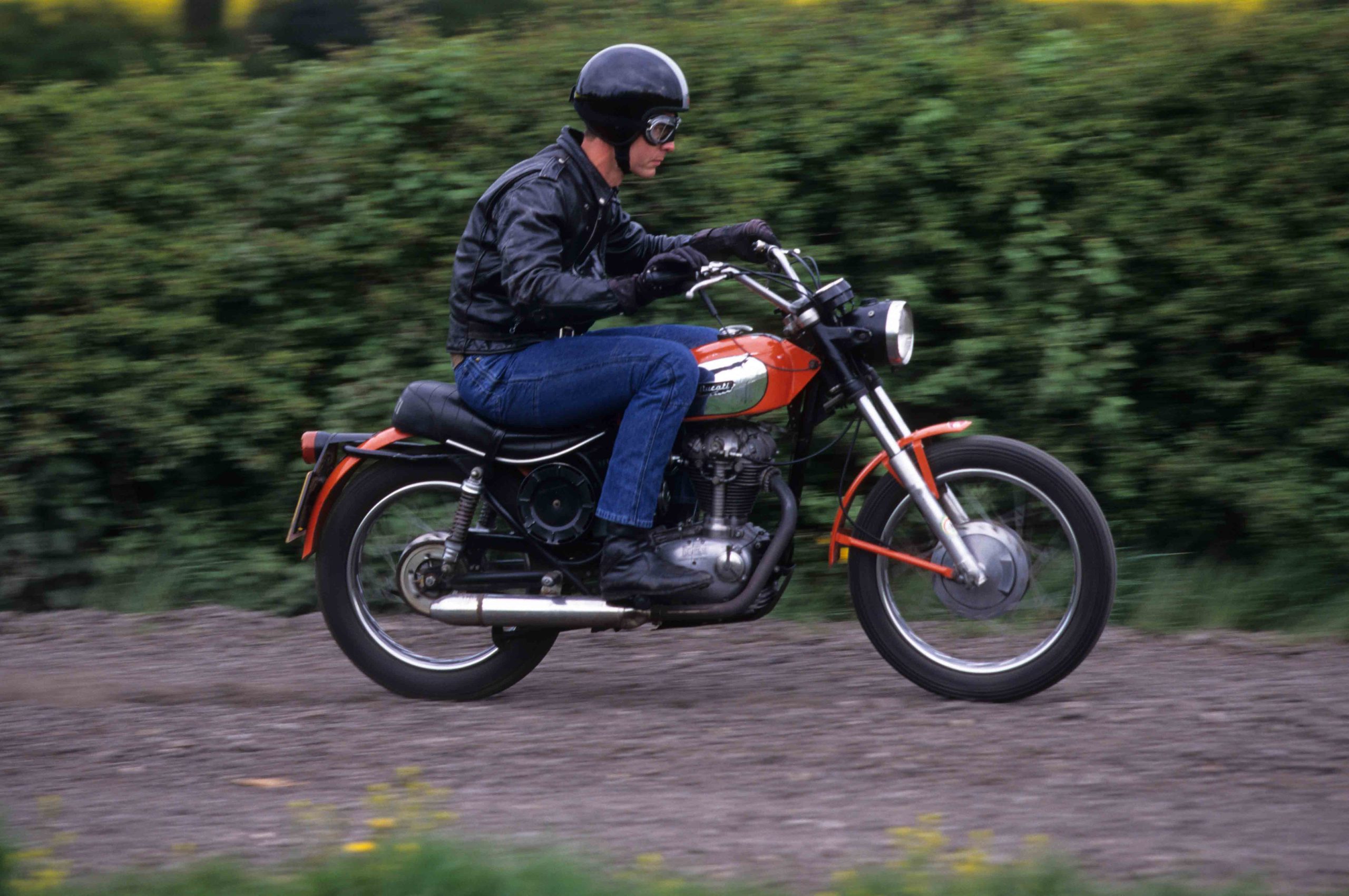
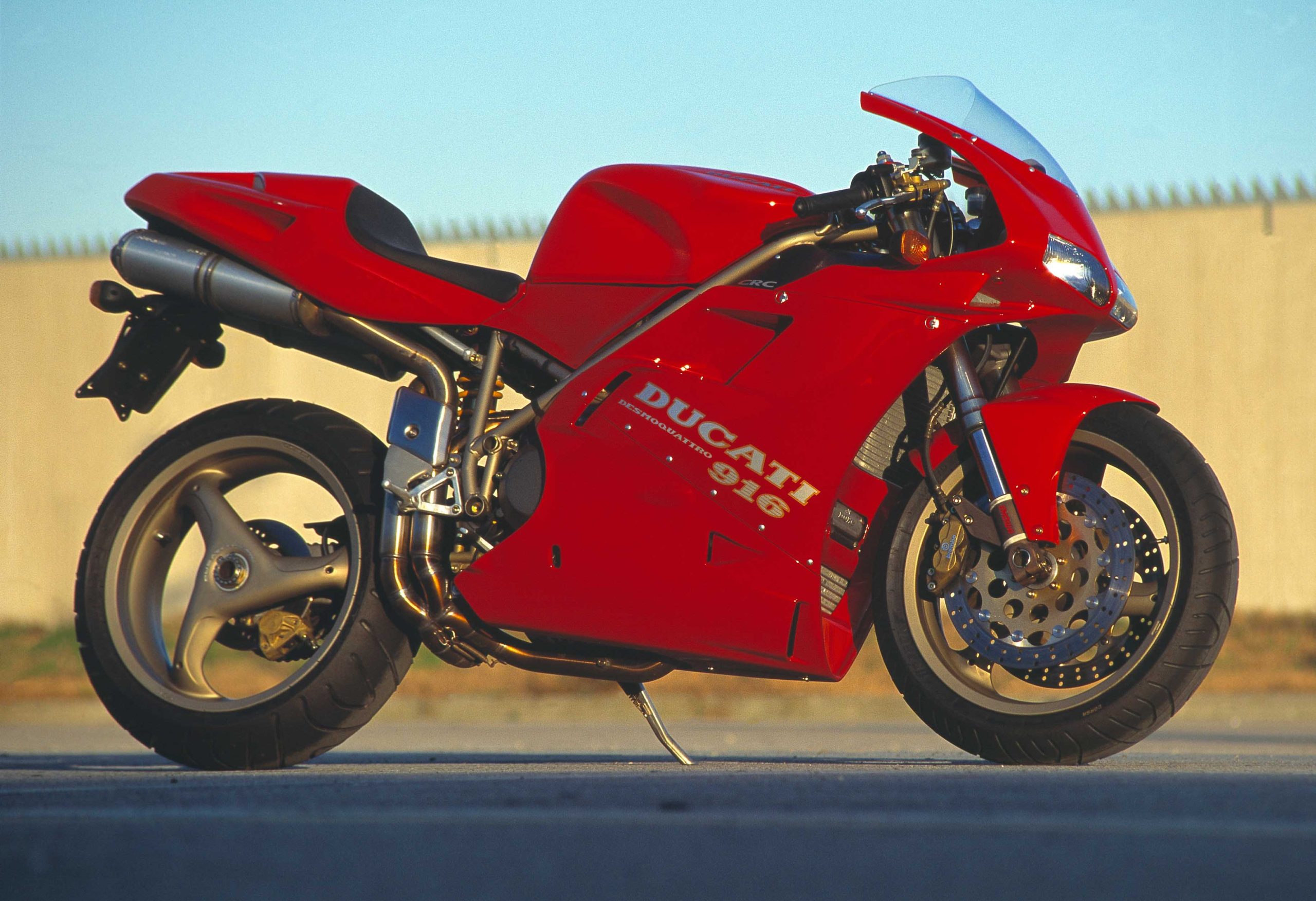

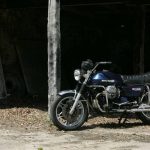
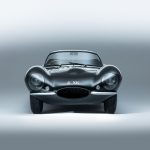


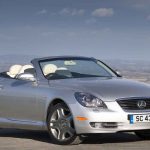

Thanks for the write up, I own a 916 bp, since 2006 and covered over 40 thousand miles in that time. I have many happy memories and remember when I first rode the bike I wrote a review for shell. I remember getting a bit carried away saying that if i drove over a coin, I would know which side up it was.
On reflection and the miles i have covered, its super reliable to me, I had a chain link break, my fault trying to get more life than it should out of the chain. A flat battery another time, A clutch nut that come undone on the way to work. Due to me replacing plates and not torqueing up enough.
I used to like how slim the bike feels, how at 4 thousand revs it will start pulling all the way to 500k from the redline. How driving to Italy from the UK in our group as I was in front hitting the european roads with 80mph speed limits. I was managing 76 mpg tucked under the screen.
When reaching Italy and tackling the stelvio pass, I wish I had had a lighter bike for the turns. It has so many features that make it an ideal track bike, 10 zeus clips the front fairings are off, the seat is removed with no tools needed, separate the rear light plug, undo the rubber grommet and pull out the two plastic pins.
At the time of purchase in the local motorcycle paper i remember looking for a yamaha fazer 600 for work around 2 thousand pounds. I found this 916 for around 2k and there was around ten others to choose from, maybe more. I am so glad that i went with my heart rather than my head. So many smiles along the way. vinnychoff
I have owned many fabulous bikes since I started riding in the 1960’s, but unfortunately not the Ducati 916. I have, however, openly drooled over that model whenever I came across it – both locally and at the TT. I live on the Isle of Man and see many wonderful bikes when the many thousands of fans descend on our little island to spectate at the famous motorcycle races. But none so visually accomplished than the fabulous 916. Thanks for this great article.
It makes a nice paper weight .
Ive owned a 96 916 with less than 400 miles on the clock , there has been times when i would of given it away for nothing it is so unreliable to be a joke
It once fell of its stand and the repair cost over a grand with second hand parts . It leaks oil over the engine. It develops cracks in the fairing wilst being stationary , i was warned , its very pretty s**** ! DS.
I beautiful duc for sure, but I would not trade it for my 1098s tricolore.